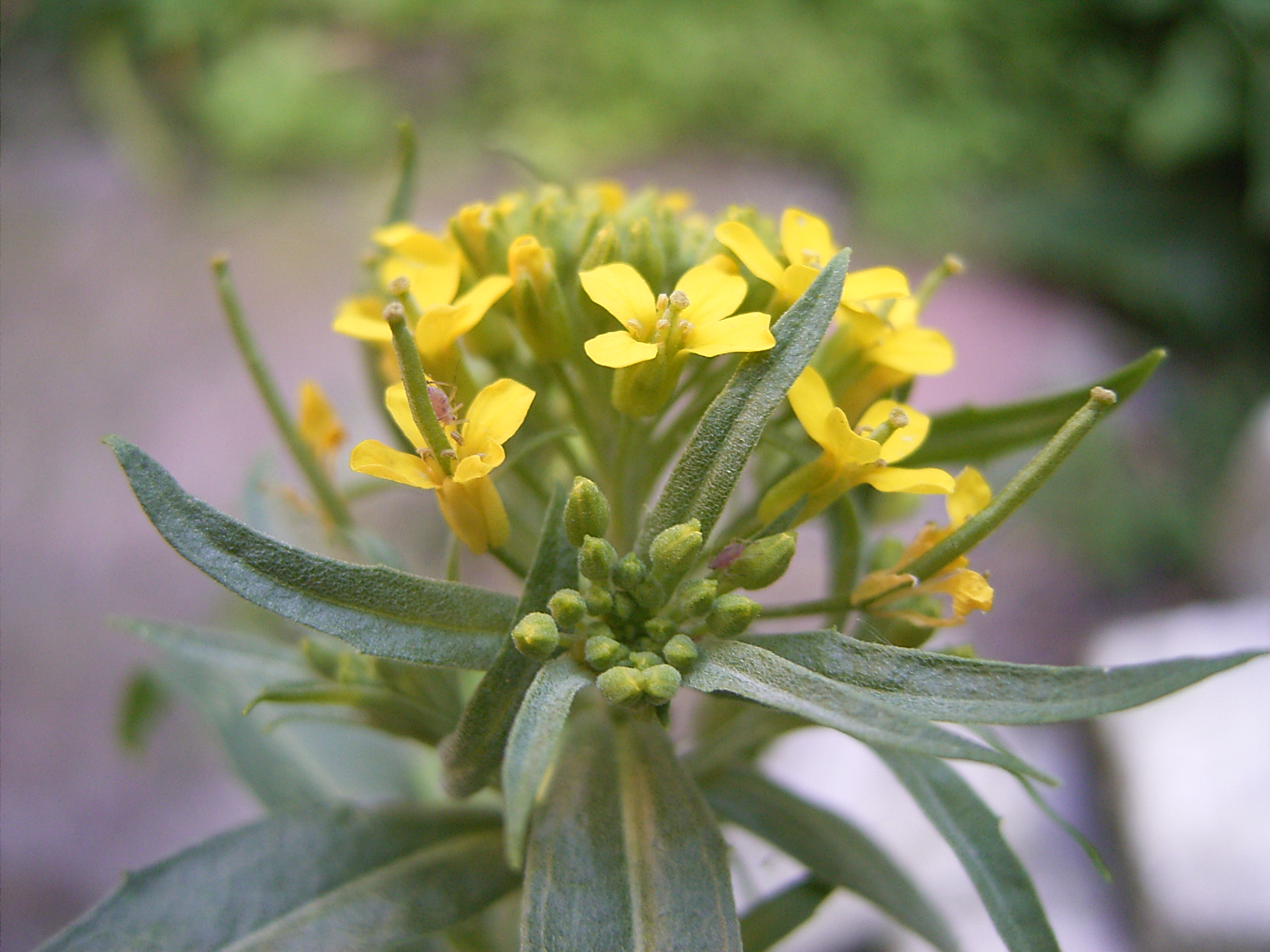- Erysimum cheiranthoides
taxobox
name = "Erysimum cheiranthoides"
regnum =Plantae
unranked_divisio =Angiosperms
unranked_classis =Eudicots
unranked_ordo =Rosids
ordo =Brassicales
familia =Brassicaceae
genus = "Erysimum"
species = "E. cheiranthoides"
binomial = "Erysimum cheiranthoides"
binomial_authority = L.
synonyms = "Cheirinia cheiranthoides"|"Erysimum cheiranthoides" (Treacle-mustard) is a species of "Erysimum" native to most of central and northern
Europe and northern and centralAsia .Flora Europaea: [http://rbg-web2.rbge.org.uk/cgi-bin/nph-readbtree.pl/feout?FAMILY_XREF=&GENUS_XREF=Erysimum&SPECIES_XREF=cheiranthoides&TAXON_NAME_XREF=&RANK= "Erysimum cheiranthoides"] ] Blamey, M. & Grey-Wilson, C. (1989). "Flora of Britain and Northern Europe". ISBN 0-340-40170-2] Flora of China: [http://www.efloras.org/florataxon.aspx?flora_id=2&taxon_id=200009522 "Erysimum cheiranthoides"] ]It is a
herbaceous annual plant similar in appearance to many other mustards, growing an erect stem 15–100 cm (rarely 150 cm) tall. The leaves are lanceolate to elliptic, 2–11 cm long and 0.5–1 cm broad, with an entire to coarsely toothed margin. Theflower s are bright yellow, 5–12 mm diameter, produced in an erectinflorescence . Thefruit is a slender cylindrical capsule 1–3 cm (rarely 5 cm) long, containing several small, dark brown seeds.Flora of NW Europe: [http://ip30.eti.uva.nl/BIS/flora.php?selected=beschrijving&menuentry=soorten&id=2276 "Erysimum cheiranthoides"] ]It is widely naturalised outside of its native range, including in western and southern Europe, [Med-Checklist: [http://ww2.bgbm.org/mcl/PTaxonDetail.asp?NameId=24081&PTRefFK=1275 "Erysimum cheiranthoides"] ] and North America. [USDA Plants Profile: [http://plants.usda.gov/java/profile?symbol=ERCH9&mapType=nativity&photoID=erch9_001_ahp.tif "Erysimum cheiranthoides"] ]
References
Wikimedia Foundation. 2010.
